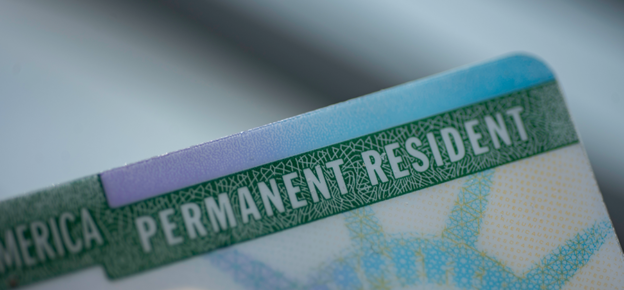
Samantha Wolfe
As we move through Fall 2024, employers navigating the PERM labor certification process face a range of challenges. The process—essential for sponsoring foreign workers for permanent residency—has become more complex due to funding shortfalls at the Department of Labor’s Office of Foreign Labor Certification (OFLC), increased scrutiny of applications, and longer processing times. If your company sponsors employees for green cards, understanding these issues is crucial to avoid delays and ensure compliance.
Here’s what you need to know and how to manage the most pressing PERM issues facing employers today.
1. OFLC Funding Shortages Are Causing Lengthy Delays
The OFLC, responsible for processing PERM labor certifications, is dealing with budget constraints that have led to significant delays. This means that key parts of the process, like prevailing wage determinations and application reviews, are taking much longer than before.
What this means for your company:
- Start early: Begin the labor certification process as soon as possible. These delays can stretch timelines by months, so it’s essential to factor in extra time.
- Stay on top of deadlines: Keep a close eye on all deadlines and ensure your HR team understands the timeline for recruitment and filings.
2. Increased Requests for Information (RFIs)
Employers are seeing more Requests for Information (RFIs) from the Department of Labor. These requests often ask for clarification or additional documentation related to your job description or recruitment efforts. This trend is increasing the workload and delaying the approval process.
How to prepare:
- Clarify job descriptions: Make sure that your job requirements are clearly outlined and reasonable. Avoid listing excessive qualifications that might make it difficult for U.S. workers to meet the criteria.
- Keep recruitment records detailed: Ensure that all documentation related to your recruitment efforts (e.g., job postings, resumes received, reasons for not hiring U.S. workers) is thorough and consistent with your PERM filing.
3. Delays in Prevailing Wage Determinations
The process for obtaining prevailing wage determinations—a critical first step in the PERM process—has become a major bottleneck. The DOL is currently taking longer than usual to issue these determinations, which are needed before you can move forward with recruiting or filing.
What you can do:
- Plan for delays: Factor in longer processing times and start this step well in advance of when you plan to recruit.
- Alternative wage sources: In some cases, employers can use private wage surveys as alternatives to DOL wage data, but these require careful consideration and approval.
4. Policy Changes on the Horizon
Employers should also be aware of potential changes in labor certification policies. In Fall 2024, there have been discussions around:
- Recruitment requirements: New regulations could alter how recruitment is conducted, so it’s essential to stay informed about potential updates that could simplify or complicate the process.
- Wage level updates: Changes to wage levels required for various positions may be forthcoming, which could impact your budget for foreign labor.
Stay informed: Work with your legal team to monitor regulatory developments that could affect your labor certification process.
5. Increased Audits in Certain Industries
The DOL is also increasing audits in sectors like technology and healthcare, where there is significant demand for foreign talent. These audits can further delay the certification process and require additional documentation to prove compliance with the PERM process.
Be proactive:
- Conduct internal audits: Before the DOL comes knocking, ensure your company’s PERM filings and recruitment documentation are in order.
- Respond quickly to audits: If your company is audited, provide thorough and timely responses to minimize disruption.
6. Increased Compliance Expectations
The DOL is stepping up enforcement efforts in 2024, meaning employers need to be more vigilant about compliance. The agency is focusing on areas like recruitment efforts and job qualifications to ensure that employers are genuinely seeking U.S. workers before turning to foreign talent.
Key steps to stay compliant:
- Document everything: Keep detailed records of your recruitment efforts, including job postings, resumes received, and reasons for not selecting U.S. workers. This documentation should be ready in case of an audit.
- Be consistent: Ensure that the job descriptions, requirements, and wages provided in your recruitment materials align with what you file with the DOL.
Looking Ahead
The PERM labor certification process is more complex than ever due to funding shortages, increased scrutiny, and longer processing times. While this may seem daunting for employers unfamiliar with immigration, success is still achievable with the right strategy.
Start early and plan ahead—given the delays, beginning the PERM process well in advance of when the green card is needed is crucial. Staying organized with detailed documentation of recruitment efforts, job qualifications, and wage determinations will also help avoid complications, particularly in the face of more frequent audits and requests for information.
Collaborating with an experienced immigration attorney is key to navigating the complexities of labor certification. Your legal team can help spot issues early, ensure accurate filings, and respond effectively to government inquiries. Staying informed of policy changes and remaining flexible will also help you adapt as new challenges arise. While the current landscape is challenging, employers who stay proactive, organized, and informed can successfully sponsor foreign talent and build a globally competitive workforce.

